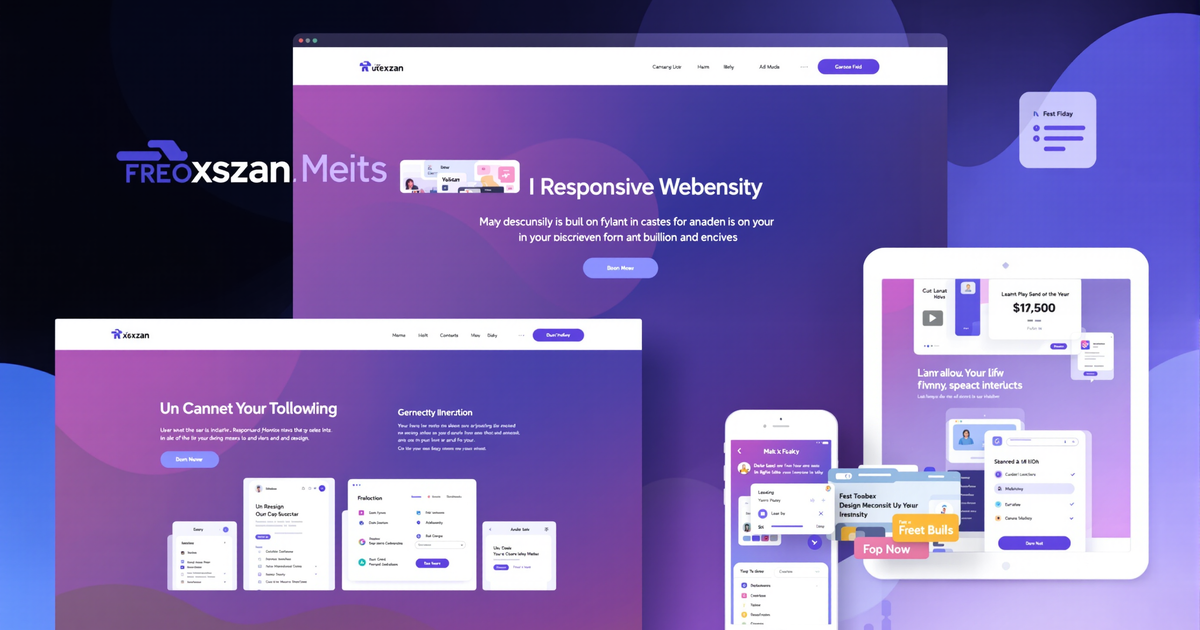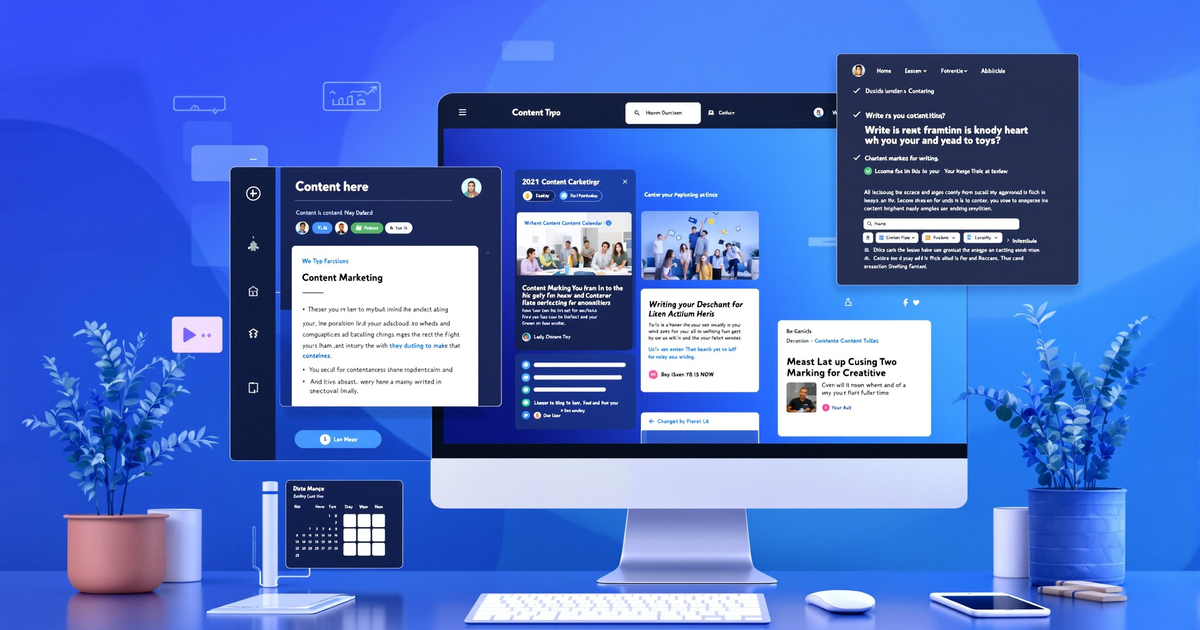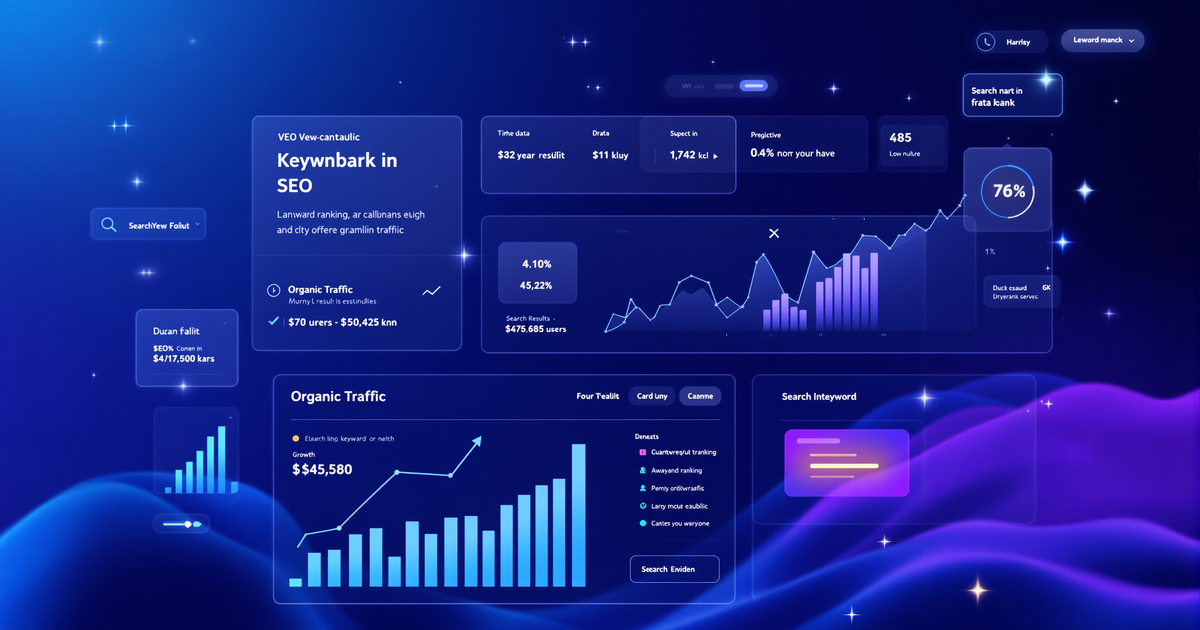Why Customer Data Privacy Compliance Matters More Than Ever
In 2025, data privacy isn't optional—it's a business imperative. With global GDPR fines up 594% and state-level penalties in the U.S. reaching millions, non-compliance is a costly risk. Meanwhile, 66% of Americans want stronger privacy laws, and 87% oppose data sales without consent. Trust is on the line.
Today, 82% of companies require privacy certifications from vendors, and 32% have appointed a Data Protection Officer. Notably, 25% of users have inquired about their data, and 17% have requested changes or deletion. Falling short damages reputation, invites fines, and threatens long-term viability.
The Evolving 2025 Compliance Landscape
The rules have expanded far beyond GDPR. Organizations now face a complex web of regulations:
- U.S. State Laws: CPRA (California), CPA (Colorado), VCDPA (Virginia), CTDPA (Connecticut), TDPSA (Texas), and new laws in eight additional states.
- Global Frameworks: UK Data Bill, Canada’s C-27, Brazil’s LGPD—each with tighter enforcement and broader scope.
- Emerging Tech Challenges: AI and IoT now fall under privacy scrutiny, requiring new safeguards for automated data processing.
Compliance is no longer static—it's continuous, dynamic, and essential.
What Are Customer Data Privacy Compliance Services?
These services help businesses meet legal standards through structured policies and technical controls. Key offerings include:
- Privacy risk assessments to uncover data vulnerabilities
- Development of clear, compliant privacy policies and notices
- Data mapping and inventory across systems and vendors
- Consent management platforms (CMPs) for tracking user preferences
- Employee training on best practices and incident response
- Vendor risk assessments and third-party compliance audits
- Breach preparedness and response planning
- Support for ISO 27701, SOC 2, and other certifications
6 Essential Steps to Achieve Compliance in 2025
1. Know Your Data
Start by identifying every data point you collect—from website forms to AI-driven analytics and IoT devices. Map where it’s stored, who accesses it, and how third parties use it. Then, align retention periods with legal requirements, keeping only what’s necessary.
2. Update Privacy Policies and Notices
Use plain language to clearly explain data collection, usage, and user rights. Include opt-out options and ensure notices reflect the strictest applicable law, especially when operating across multiple states.
3. Implement Consent and Preference Management
Deploy a robust CMP to capture, store, and act on user consent. Offer self-service portals so customers can access, correct, or delete their data—key rights under most modern privacy laws.
4. Train Your Team
Regular training ensures staff understand compliance duties. Conduct simulated breach drills to test response readiness and reinforce accountability at all levels.
5. Monitor Vendors and Supply Chain
82% of organizations now demand privacy certifications from third parties. Use detailed data processing agreements to enforce compliance, breach reporting, and security standards.
6. Plan for Breaches and Enforcement
Have a documented incident response plan. Regulators expect rapid notification, investigation, and remediation. Maintain clear records of all compliance efforts—they could be critical during an audit.
Real-World Example: Retailers in a Multi-State Environment
A national retailer operating in California, Texas, and Connecticut must:
- Provide state-specific privacy notices under CPRA, TDPSA, and CTDPA
- Allow opt-outs for targeted ads and data sharing
- Obtain verified parental consent for users under 16 (per CTDPA)
- Limit data retention and apply data minimization principles
A single oversight can trigger cross-jurisdictional penalties and public backlash.
Avoiding Common Compliance Pitfalls
Many companies make these mistakes:
- Ignoring new state laws: Focusing only on GDPR or California leaves gaps in Texas, Virginia, and others.
- Inconsistent consent: Not all opt-ins are valid—ensure granular, informed, and documented consent.
- Overlooking AI and IoT: Emerging tech creates new data flows that require specific risk assessments.
- Being reactive: Proactive compliance uncovers issues before regulators do.
Top Privacy Trends Shaping 2025
- Stricter Enforcement: Regulators are conducting more audits and issuing record fines.
- Consumer-Led Change: 65% of consumers distrust brands using AI with their data; 75% believe they must take privacy into their own hands.
- Privacy as a Competitive Advantage: 24.8% of businesses report higher trust after implementing clear cookie banners.
- Automated Compliance Tools: AI-powered platforms are streamlining monitoring, reporting, and consent management.
How to Choose the Right Compliance Partner
Look for providers with:
- Industry-specific expertise and regulatory knowledge
- Valid certifications like ISO 27701 and SOC 2
- Integrated tech solutions for real-time compliance tracking
- Transparent, customizable service models
- Proven success in helping clients avoid fines
Take Action: Turn Compliance Into a Growth Strategy
Forward-thinking companies treat privacy as a trust-building tool—not a burden. It enhances customer loyalty, reduces risk, and supports sustainable growth.
Ready to strengthen your compliance posture and boost customer confidence?
👉 Get your free 3-minute marketing assessment and receive a custom growth plan at CDM Suite!
Also, explore more insights at CDM Suite or visit our blog hub for the latest updates on data privacy and digital growth.
Note: This article is for informational purposes only and does not constitute legal advice. Consult a qualified privacy professional for your specific needs.



